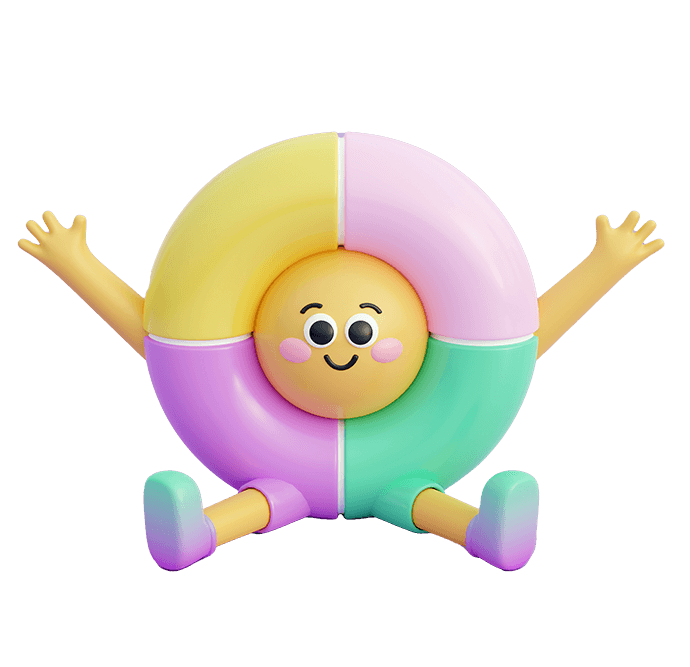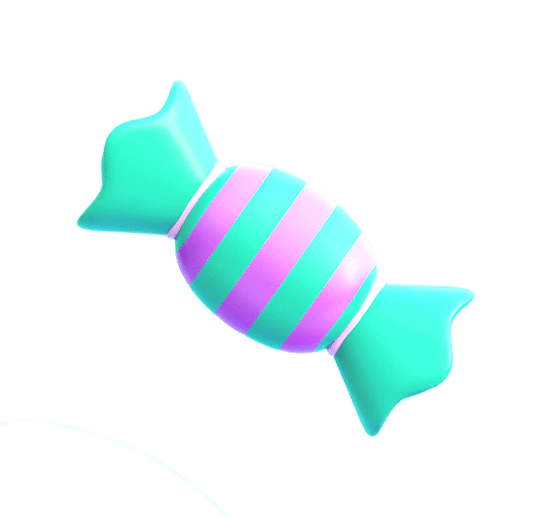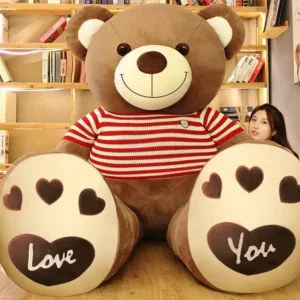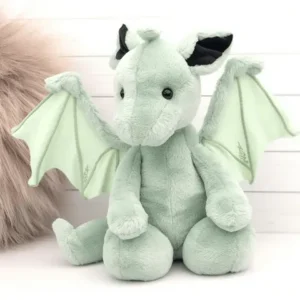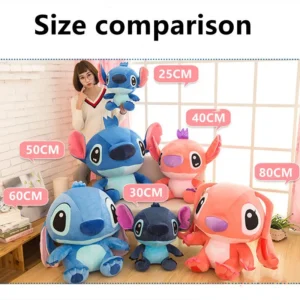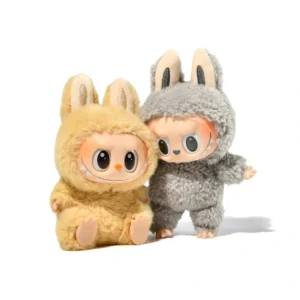The world of stuffed animals is vast and diverse, but nothing quite captures attention like the largest plush toys. These oversized stuffed animals not only showcase exceptional craftsmanship but also involve complex design, manufacturing, and logistics to bring them to life. Their sheer scale creates memorable experiences for consumers and powerful promotional opportunities for brands.
The biggest stuffed animals globally are characterized by extraordinary size and weight, requiring specialized materials and innovative manufacturing techniques. Their creation demands strict safety and durability measures, along with careful logistical planning for shipping and storage. Many record-holding plush toys gain international recognition, serving as effective marketing tools within the plush toy industry.
Let’s take a deep dive into what defines these giants, how they’re made, and their impact on the market.
1.What defines the size categories for stuffed animals globally?
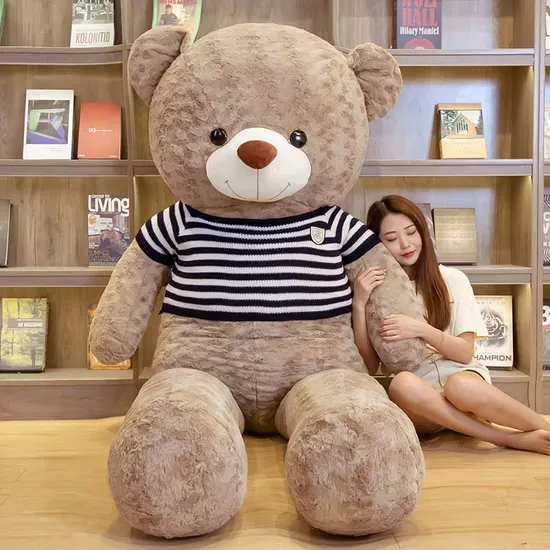
Size categorization of stuffed animals is essential for manufacturers, retailers, and consumers to clearly understand the product’s scale, purpose, and price point. Globally, plush toys are segmented into several categories based on their height, volume, and weight, which also dictate packaging and target demographics.
Standard size categories include mini (under 6 inches), small (6 to 12 inches), medium (12 to 24 inches), large (24 to 48 inches), and jumbo or oversized plush toys which exceed 48 inches. The definition of ‘giant’ or ‘oversized’ plush toys refers to products that far surpass average dimensions, often requiring custom handling.
While mini and small plush toys are popular as collectibles or gifts, large and oversized stuffed animals serve as statement pieces for display, gifting, or promotional purposes. The scale not only affects manufacturing and shipping but also how customers interact with these toys — jumbo plushes are often intended for visual impact rather than everyday play.
| Size Category | Typical Height (inches) | Common Applications |
|---|---|---|
| Mini | <6 | Keychains, collectibles, party favors |
| Small | 6–12 | Stocking stuffers, retail plush |
| Medium | 12–24 | Everyday plush toys for children |
| Large | 24–48 | Gifts, store displays, premium items |
| Jumbo/Oversized | >48 | Promotional displays, world records |
The definition of size categories is important to balance production feasibility and market demand while setting clear customer expectations.
2.Which materials and manufacturing techniques enable creating oversized plush toys?
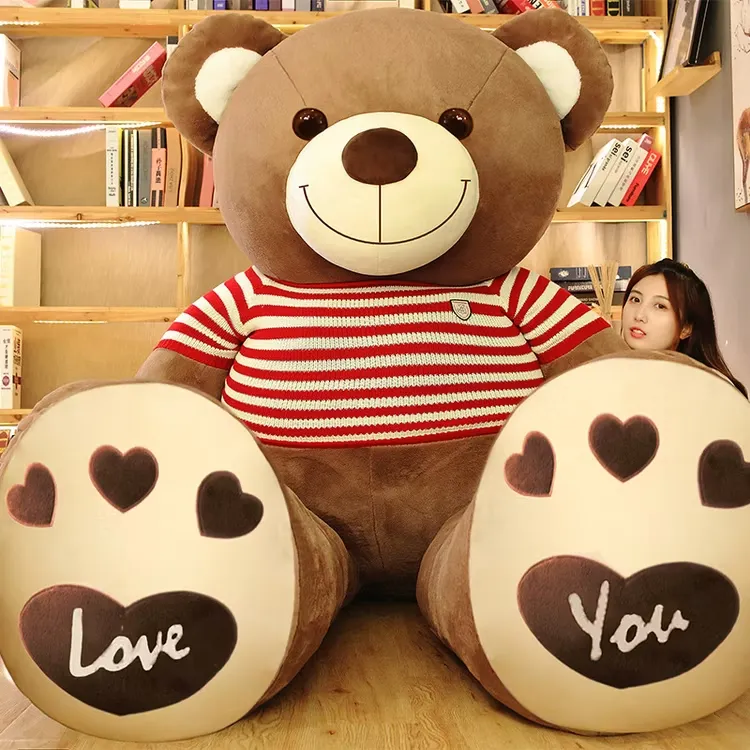
Producing giant stuffed animals involves specialized materials and manufacturing methods far beyond those used for standard plush toys. The goal is to maintain softness and visual appeal while ensuring structural integrity and safety at a large scale.
Heavy-duty plush fabrics such as industrial-grade velboa or double-sided minky are commonly used. These materials provide the durability needed to withstand the weight and handling stress of large plush toys. Manufacturing techniques include reinforced stitching, internal support frames, and modular assembly to handle the massive size.
Due to the increased size, seams must be significantly stronger to prevent tearing under the plush’s own weight. Manufacturers use double or triple stitching and sometimes add reinforcement tape inside seams.
For very large plush toys, internal support structures made from foam inserts, lightweight metal frames, or plastic ribs help maintain posture and shape without making the toy too heavy or unstable.
The construction often happens in modular sections, sewn separately and later assembled, which allows for easier handling during production and transportation.
| Material/Technique | Purpose | Advantages |
|---|---|---|
| Industrial Velboa Fabric | Durable plush surface | Longevity and vibrant color |
| Double-sided Minky Fabric | Soft yet strong plush | Luxurious feel, hypoallergenic |
| Reinforced Double/Triple Stitch | Seam strength for durability | Prevents tearing and leakage |
| Internal Support Structures | Maintain shape and posture | Keeps plush upright and appealing |
| Modular Assembly | Construction of large pieces separately | Facilitates transport and quality control |
These innovations are essential for producing oversized plush toys that are visually impressive and built to last.
3.How do manufacturers ensure safety and durability in giant stuffed animals?

Safety and durability are paramount in giant stuffed animals due to their size, weight, and potential use in public or commercial spaces.
Manufacturers implement rigorous quality assurance procedures including seam strength testing, material toxicity certification, flammability compliance, and secure containment of any internal weights or structural components. They also avoid small detachable parts that could pose choking hazards.
Large stuffed animals must withstand physical stress over time without compromising user safety. Seam testing simulates pressure and pulling forces to verify robustness. Flame-retardant fabrics are often mandated to meet fire safety standards in public venues.
Furthermore, any weighted components used to stabilize or support the plush must be securely enclosed to prevent accidental exposure. Clear labeling regarding age appropriateness and care instructions also ensures safe consumer use.
| Safety Aspect | Implementation | Reason |
|---|---|---|
| Seam Strength Testing | Multiple stitching layers and pull tests | Prevents seam failure and stuffing leakage |
| Non-Toxic Materials | Certification for fabric and stuffing chemicals | Protects children’s health |
| Flame Retardancy | Use of certified flame-resistant textiles | Meets public safety regulations |
| Weight Containment | Secure compartments for weights or supports | Prevents choking or injury |
| Clear Labeling | Age and care instructions included | Guides safe and proper usage |
Ensuring compliance with international toy safety standards protects users and safeguards brand reputation.
4.What are the logistical challenges in producing and shipping the world’s largest plush toys?
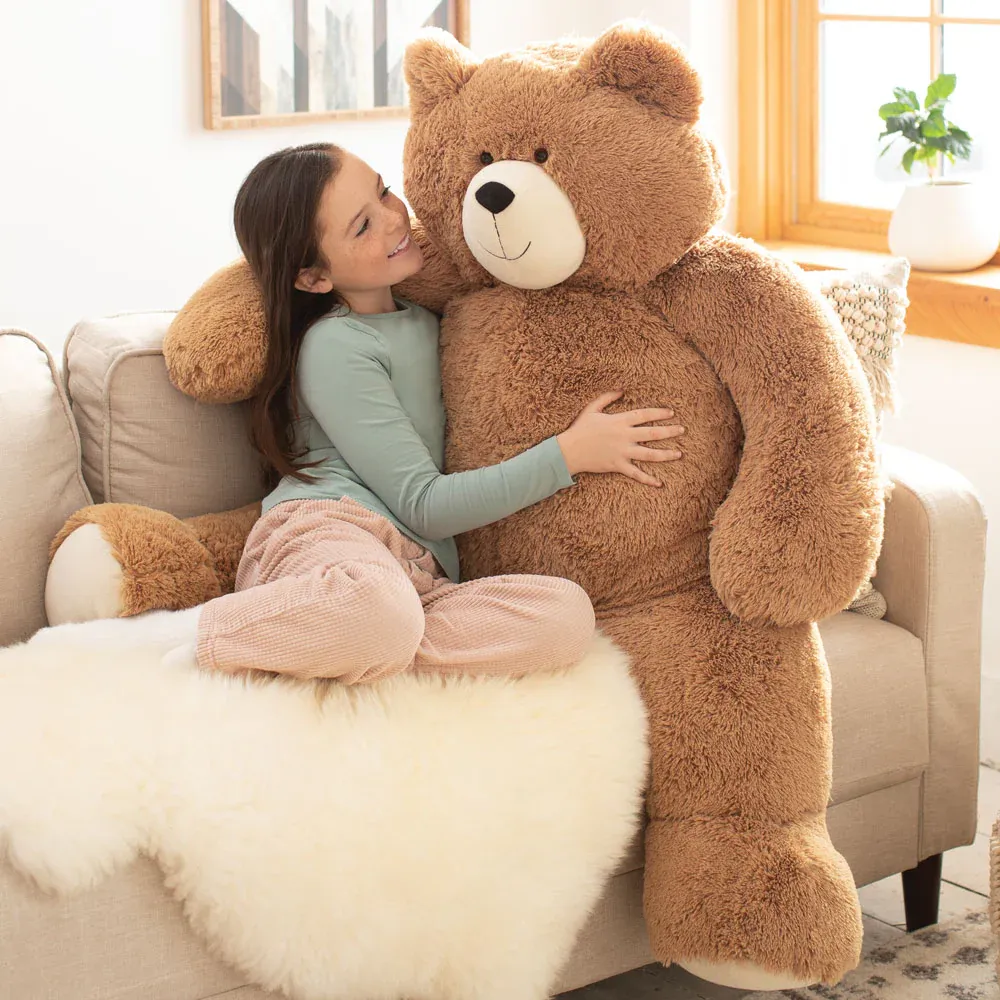
Oversized stuffed animals present significant challenges in logistics, including production handling, packaging, storage, and transportation.
Due to their massive size and weight, these plush toys often require custom packaging solutions such as reinforced crates or heavy-duty cartons. Manufacturers may produce them in modular parts to facilitate shipping and assembly at the destination. Freight shipping needs specialized handling and planning to control costs and prevent damage.
Large plush toys occupy significant warehouse space and require equipment like forklifts or pallet jacks for movement. Efficient stacking and storage planning are essential to avoid damage.
Shipping costs scale with volume, making oversized plush toys more expensive to transport. Coordinating with freight carriers experienced in oversized or heavy cargo ensures smooth customs clearance and delivery.
| Logistics Aspect | Challenge | Typical Solution |
|---|---|---|
| Packaging | Creating durable, oversized containers | Custom wooden crates, reinforced boxes |
| Transportation | High freight cost, space limitations | Modular packing, consolidated shipping |
| Storage | Large footprint in warehouses | Vertical stacking, pallet racking |
| Handling | Requires specialized equipment | Forklifts, pallet jacks |
Proper logistics management is crucial to deliver these giant plush toys safely and on time.
5.Are there notable record-holding stuffed animals recognized internationally?

Several oversized stuffed animals have achieved international records, garnering media attention and helping brands build prestige.
For example, the world’s largest teddy bear, over 65 feet tall, was created in Italy, while China is home to the largest stuffed panda exceeding 40 feet. These record-breaking plush toys are often used as landmarks, promotional attractions, or charity campaign highlights.
Such plush giants are feats of engineering and craftsmanship, requiring collaboration among designers, manufacturers, and event organizers. They symbolize creativity and scale unmatched in the toy industry.
| Record Holder | Location | Approximate Size | Notable Features |
|---|---|---|---|
| Largest Teddy Bear | Italy | 65+ feet tall | Guinness World Record holder |
| Largest Stuffed Panda | China | 40+ feet tall | Huge public display |
| Oversized Cartoon Characters | Worldwide | 30+ feet tall | Used in events and promotions |
These monumental plush toys create memorable brand stories and attract global attention.
6.How do oversized stuffed animals impact marketing and brand promotion in the plush toy industry?
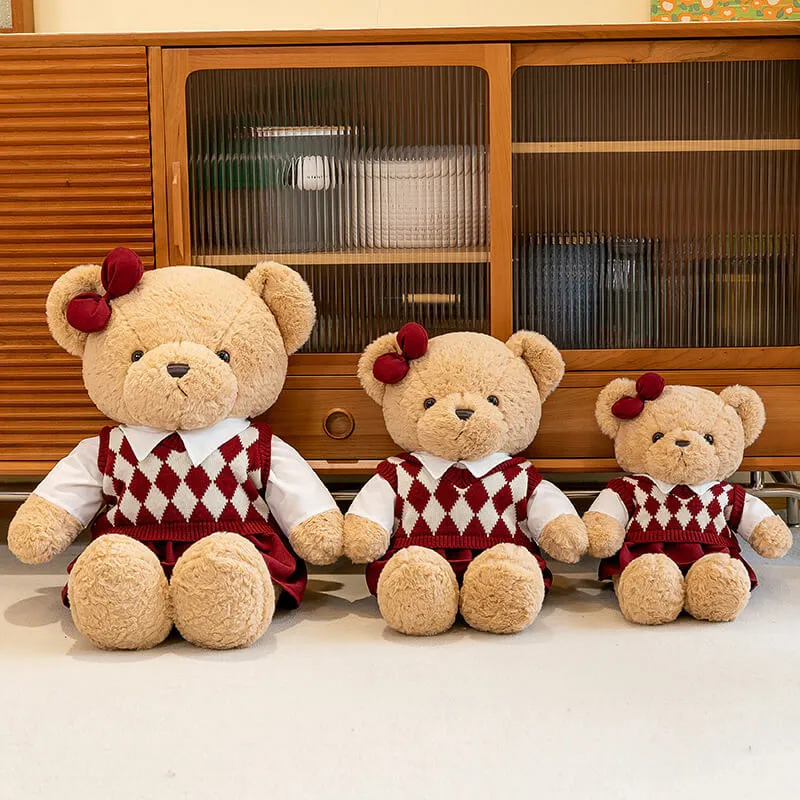
Oversized stuffed animals are powerful marketing tools. Their impressive scale creates visual impact that captures consumer attention and drives brand awareness.
Brands use these giant plush toys as focal points for experiential marketing, store displays, and social media campaigns. Their size makes them ideal for creating buzz, encouraging consumer interaction, and enhancing brand storytelling.
Such plush toys serve as memorable photo opportunities and event highlights, increasing foot traffic and online engagement. They also elevate brand prestige by showcasing manufacturing capability and creative design.
| Marketing Application | Benefit | Examples |
|---|---|---|
| Store Displays | Attracts shoppers, boosts foot traffic | Holiday, product launches |
| Social Media Campaigns | Generates viral content and shares | Record unveilings, brand events |
| Corporate Promotions | Creates memorable gifts or giveaways | Trade shows, charity drives |
| Experiential Marketing | Builds emotional connection with brand | Interactive pop-ups |
Oversized stuffed animals transform from toys into iconic brand ambassadors.
Conclusion
The biggest stuffed animals represent a blend of advanced materials, precise craftsmanship, safety focus, and logistical mastery. They create unforgettable marketing moments and lasting impressions in the plush toy industry.

